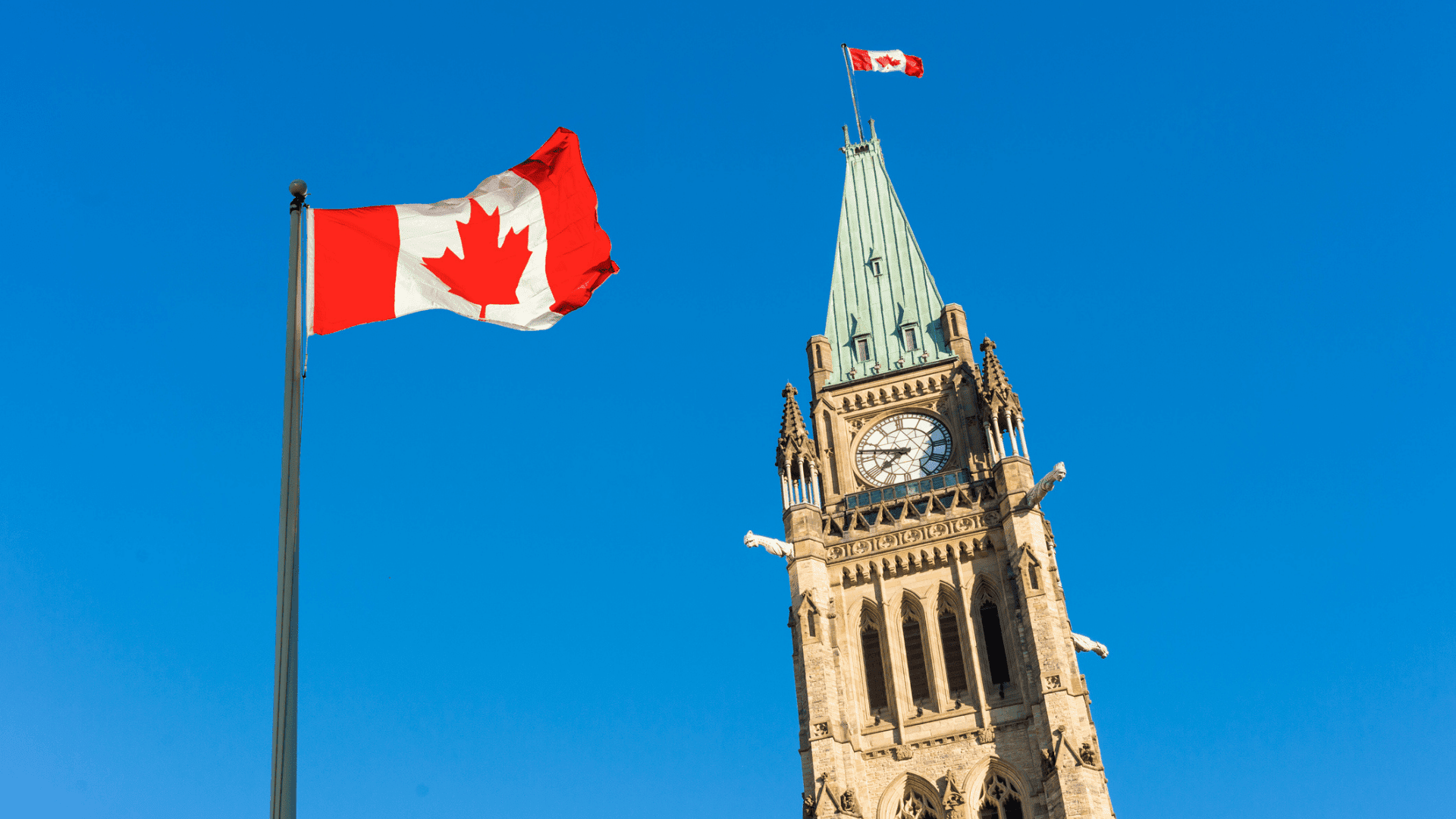The AIDS Candlelight Vigil: Why it is Important to Me

Posted on: Wednesday Jun 28th 2023
Article by: Vijay Wadhawan
As the vibrant colours and joyful celebrations of the Toronto Pride Festival approaches, I find myself reflecting on the poignant ritual that happened this past Tuesday and has become an integral part of my annual Pride experience – attending the AIDS vigil put on by the
The 519
Community Center. This solemn gathering serves as a powerful reminder of the progress we have made in the fight against HIV/AIDS, the importance of ongoing prevention efforts, and what is possible and further needed from governments and other public and private organizations to further reduce infection rates.
Participating in the AIDS vigil reinforces the profound gratitude I feel for living in a world where treatment and prevention options for HIV/AIDS have advanced significantly. We are fortunate to have witnessed remarkable progress in medical science, empowering those living with HIV to lead fulfilling lives. Antiretroviral therapy and preventive measures, such as PrEP, have transformed the landscape of HIV/AIDS, giving hope to countless individuals.
The decline of HIV/AIDS-related stigma is an encouraging development that we must celebrate. Through extensive education and awareness campaigns, we have witnessed a growing understanding of the virus, dispelling myths and misconceptions. It is important to note that 33.6% of new infections in 2020 were among heterosexual people and so while the stigma of HIV is reducing within the 2SLGBTQ+ community, stigma still exists and is impacting those that are unable to access the education and care they need. By continuing to foster empathy, compassion, and knowledge, we can create an environment of inclusivity and support for all individuals affected by HIV/AIDS.
While progress has been made, it is disheartening to witness the persistence of health disparities, especially in regions and communities where HIV infection rates continue to rise. For example, Indigenous People in Canada are over-represented in new HIV infections in Canada. There were an estimated 15.2 new infections per 100,000 Indigenous people in Canada in 2020 compared with the estimated four new infections for every 100,000 Canadians in 2020. Almost one-third (32%) of new HIV infections in Indigenous people were among females in 2020. We must direct our attention to these areas, understanding the complex factors that contribute to increased vulnerability. By recognizing the social, economic, and cultural determinants of health, we can develop targeted interventions that address the unique needs of these communities.
As someone who works in healthcare and has seen the progress made in the space of infectious diseases, there are some key lessons to be learned from the fight against HIV that I think can be applied to many of the chronic health conditions that Canadians face today:
Holistic Approaches Yield Results
Comprehensive strategies that combine prevention, treatment, and support services have shown the greatest impact. This includes robust prevention education, widespread access to testing, early diagnosis, prompt treatment initiation, and ongoing care and support for individuals living with HIV.
Empowering Communities and Engaging Key Populations
My time on the board at
Alliance for South Asian AIDS Prevention (ASAAP)
has demonstrated that engaging communities and key populations most affected by HIV have proven to be a crucial element in reducing infection rates. It is essential to involve these communities in the design, implementation, and evaluation of prevention and care initiatives. Meaningful community engagement fosters trust, encourages open dialogue, and ensures that interventions are tailored to meet the specific needs and challenges faced by different populations.
Combination Prevention Strategies
The adoption of combination prevention strategies has been pivotal in driving down HIV infection rates. These strategies integrate multiple interventions, such as condom promotion, needle and syringe programs, harm reduction services, access to pre-exposure prophylaxis (PrEP) and post-exposure prophylaxis (PEP), and targeted outreach programs. By using a combination of evidence-based interventions, we can address the diverse risk factors associated with HIV, providing individuals with a range of prevention options to suit their needs.
Integrated Sexual Health Education
Education and awareness play a vital role in HIV prevention and the prevention of many other chronic conditions. Integrated sexual health education, which includes comprehensive information on HIV/AIDS, safe sex practices, and reducing stigma, is essential for fostering responsible behaviour and promoting informed decision-making. Education should be age-appropriate, culturally sensitive, and accessible to all, including schools, healthcare settings, and community organizations. By equipping individuals with accurate knowledge, we empower them to protect their own health and that of their partners.
Addressing Stigma and Discrimination
Stigma and discrimination continue to be significant barriers in the fight against HIV/AIDS. Lessons learned highlight the urgent need to address these social determinants of health to create an enabling environment for prevention and care. Efforts should focus on combating HIV-related stigma through public campaigns, targeted educational programs, and policy changes that protect the rights and dignity of people living with HIV. By fostering a society free from discrimination, we can encourage more individuals to seek testing, treatment, and support services without fear of judgment or marginalization.
Collaborative Partnerships and Political Will
The journey to reduce HIV infection rates in Canada has underscored the importance of collaborative partnerships and political will. Strong collaborations among government agencies, healthcare providers, community organizations, researchers, and pharmaceutical companies are vital to ensuring a coordinated and sustained response. Additionally, political commitment at all levels of government is essential to implementing evidence-based policies, and prioritizing prevention and care on the national agenda.
As I start my Pride celebrations, I am overwhelmed with gratitude for the people in my life. I cannot fathom the pain of losing loved ones so quickly to HIV/AIDS, particularly in the early years of the epidemic when resources were scarce and understanding was limited. This vigil serves as a poignant reminder of the immense loss suffered by countless individuals and reinforces my commitment that the work I do will contribute to building systems in the world that will uplift, educate and provide care to those who most need it.
Tags:
More Articles

Industry Trends
Mindful Drinking: How Moderation Trends are Shaping the Alcohol Industry
04/07/25
Environics Research

Industry Trends
This isn’t the first time an existential national crisis has upended Canadians’ vote intentions
03/27/25
Derek Leebosh

Social Values
Who is living the Canadian Dream? It depends, in part, on Social Values
03/25/25
Thais Saito
